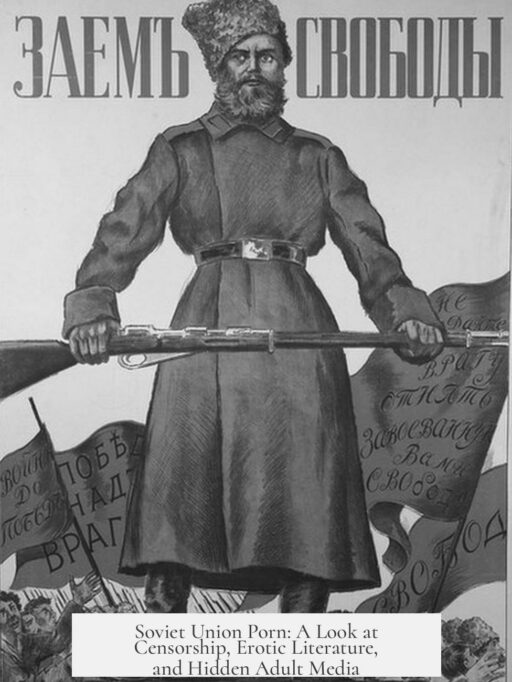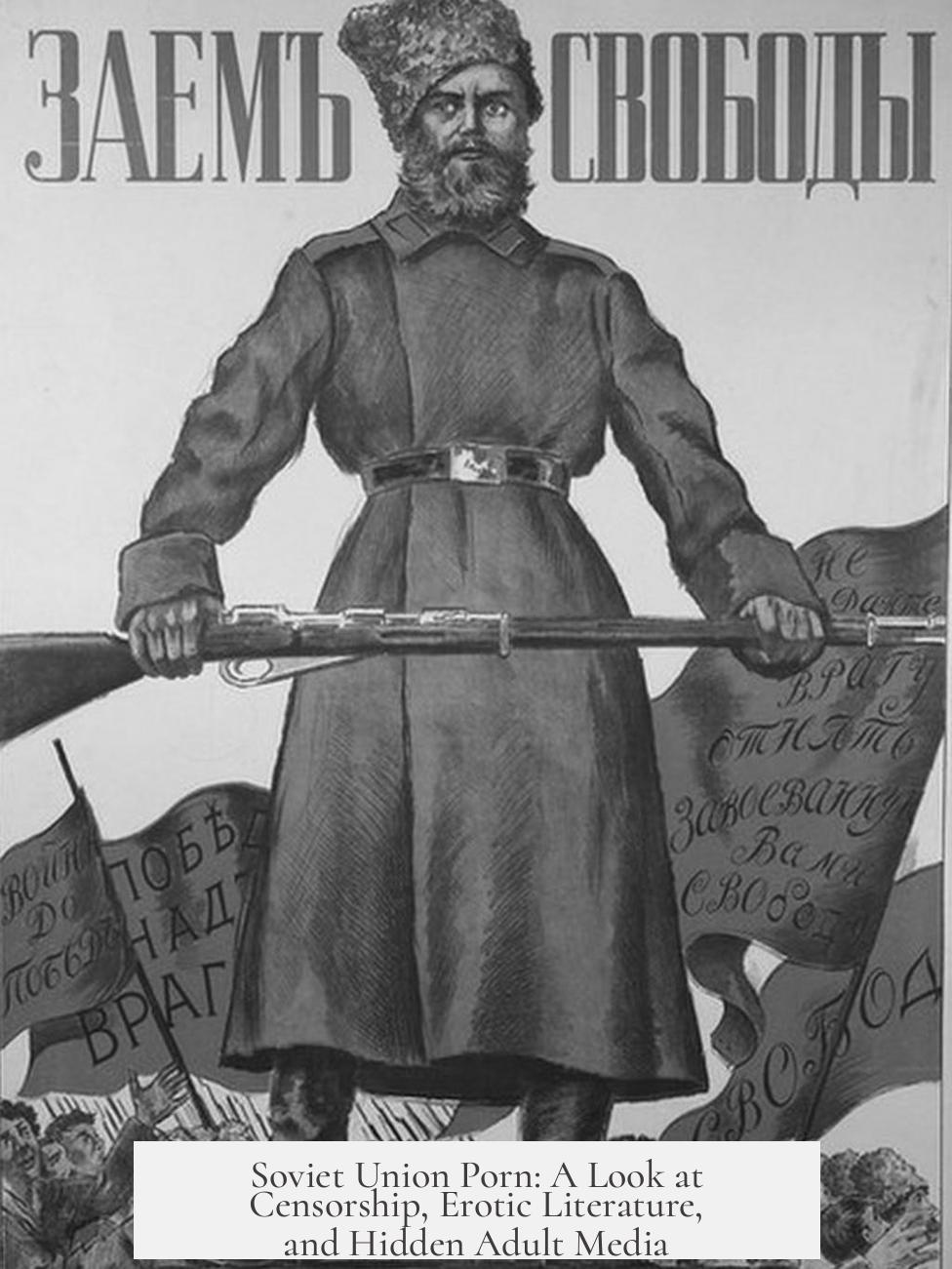Pornography in the Soviet Union differed markedly from the West, particularly the thriving industry in the USA. It was characterized mainly by repression and illegality, with some underground and sporadic exceptions in media content.
During the Soviet era, pornography remained illegal across the union. Official policies and societal attitudes toward sex and erotica fluctuated but stayed generally restrictive. Sexuality itself was a taboo subject, deeply repressed and linked to ideological concerns about the Communist ideal. Authorities viewed explicit material as corruptive, undermining the “New Communist Man” and the collective spirit.
Much domestic pornographic material consisted of erotic literature, known as “black books.” These books were banned outright for their explicit content and due to the state-controlled nature of printing presses. Production and distribution happened covertly, often via illegal street vendors. They echoed styles of 19th-century erotica rather than modern explicit content, reflecting an underground literary culture. Alongside these, imported Western pornography — mostly American and European — circulated illicitly on the black market. These were usually smuggled images and magazines of better quality than local homemade items.
- Black Books: Erotic literature banned by the government, seen as morally and ideologically corrupt.
- Western Pornography: Imported illicitly, often high quality, sold secretly on black markets.
- Domestic Photos and Films: Rare, low-quality homemade visuals, containing nudity or sexual scenes.
Some Soviet films featured risqué content occasionally, including nudity or sex scenes, but these were extremely rare and were not created as purely pornographic media. The state censors generally restricted such material tightly, allowing only minimal exceptions perceived as artistically justified or symbolic.
Sexual repression was widespread. Early Soviet policies under Lenin briefly decriminalized homosexuality and encouraged openness about sex. However, by the late 1920s, these liberal attitudes reversed. Sex and sexuality became taboo again. Homosexuality became effectively illegal once more, and censorship on all sexual content increased significantly.
In Soviet Estonia, a notable cultural exception occurred with access to Finnish television, which the Soviets could not fully block. Finnish TV broadcast Western films, including the French soft-core movie Emmanuelle. This broadcast reportedly drew large audiences from across Estonia despite Soviet restrictions. Anecdotal evidence links this event to a spike in birthrates nine months later, underscoring the impact of foreign media on Soviet citizens.
| Aspect | Description |
|---|---|
| Legal Status | Pornography was illegal; fluctuating but generally repressive policies. |
| Black Books | Illegally produced erotic literature evoking older pornographic traditions. |
| Visual Pornography | Some imported Western images; small domestic productions; rare risqué films. |
| Sexuality Repression | Wide social taboo; homosexuality criminalized in later decades. |
| Access via Finnish TV | Soviet Estonia’s access to foreign media showed Western sexual content influencing viewers. |
Thus, Soviet pornography was largely underground, illegal, and politically condemned. Domestic output was minimal and primitive compared to Western standards. Erotica circulated mainly through illicit literature and smuggled foreign media. Strict censorship and ideological control limited public exposure to sexual content. The episode in Estonia reveals how even limited foreign influence introduced Western sexual themes into Soviet life.
- Pornography was illegal and heavily censored throughout the USSR.
- Erotic literature, or black books, formed the bulk of domestic porno material.
- Smuggled Western porn was available in black markets but forbidden.
- Sexuality was repressed socially and legally, especially post-1920s.
- Western media sometimes penetrated Soviet controls, impacting Soviet audiences.
So… what was porn like in the Soviet Union?
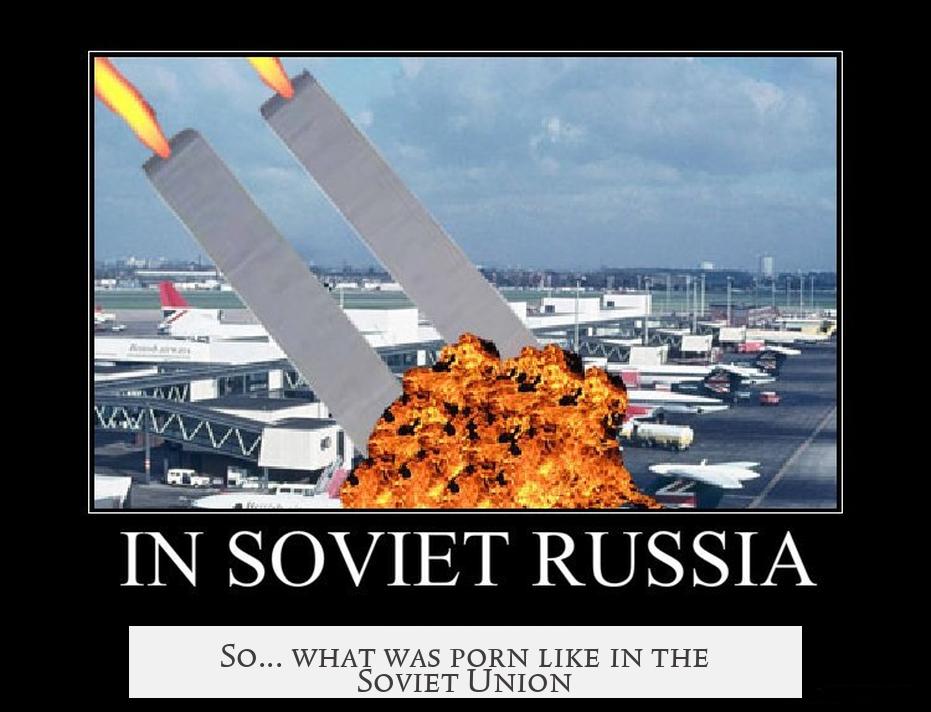
In short: pornography in the Soviet Union was a secretive, underground affair, very different from the flamboyant adult industry blossoming in the West. There was no booming porn market, no flashy magazines lining store shelves, and certainly no mainstream access to explicit films. Instead, what thrived was a shadow culture of erotic literature and smuggled material, all under the watchful eye of a state that repressed sex and sexuality.
Curious how a massive superpower dealt with something so inherently human yet societally taboo? Let’s dig into this intriguing, and often overlooked, slice of Soviet life.
The Cold Reality: No Free Porn Here
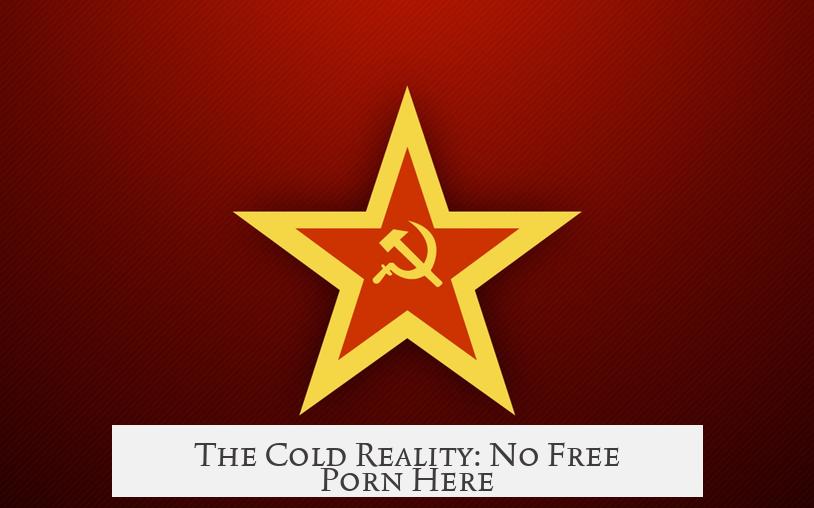
The Soviet Union maintained a deep suspicion of pornography. Unlike the USA, where the adult industry was exploding in the 1970s with films like Deep Throat and magazines like Playboy, the USSR saw pornography as an enemy of the “New Communist Man.”
The government regarded pornography as a “corruption of the human spirit,” believing it degraded women and undermined socialist values. Sex itself was shrouded in silence. In the 1980s, a woman famously summed up the mood saying, “There is no sex in the Soviet Union!” This was not merely a catchy phrase but an expression of genuine repression.
The early post-revolution period under Lenin briefly relaxed attitudes, legalizing homosexuality and opening discussions about sex. But by the late 1920s, the state hardened its stance again. Pornography was outlawed. Homosexuality, while never explicitly illegal for long, became effectively criminalized through social stigma and police harassment. This set the tone for decades.
Black Books: Erotic Literature Hidden in Plain Sight
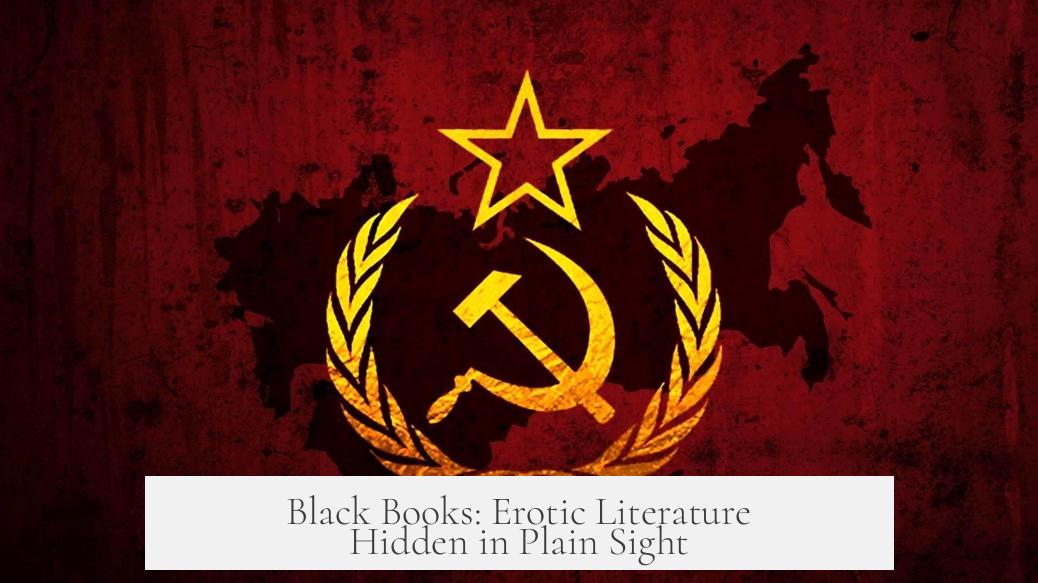
So, if you couldn’t buy smutty magazines at the corner shop, what did people turn to? Enter the “black books.”
These were secret, illicitly printed erotic stories and novels—handwritten or typewritten, circulated underground, often passed from hand to hand or sold by street peddlers in dim alleyways. Printing presses were government-owned, so private print jobs were illegal, making these books even more forbidden.
Content-wise, they resembled 19th-century erotica, rich in fantasy and imagination since explicit imagery was scarce. These black books were the dominant form of domestic pornography. From a legal standpoint, they were “corrupting” and dangerous, banned with harsh penalties for possession or distribution.
Images and Smuggled Films: A Patchwork Adult Media Scene
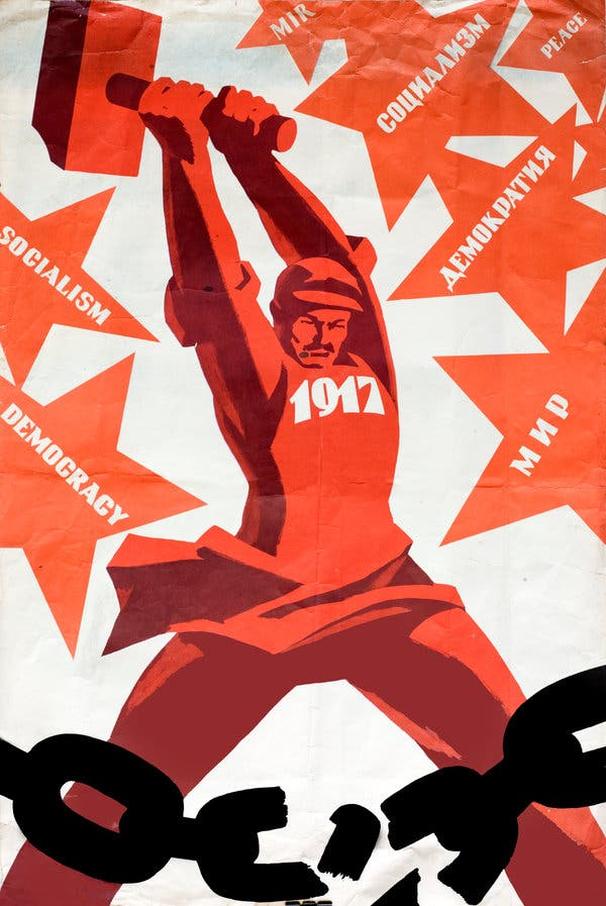
Visual pornography in the USSR was rarer still. Two types of images circulated, mostly clandestinely:
- Smuggled Western porn: Imported American or European pictures and film reels, often making their mysterious way through the black market. These were your “legit” Western productions—sometimes high quality and sometimes lurid exploitaion flicks.
- Domestic homemade photos: Low-quality, hand-processed, and mostly amateur. These were homemade attempts at nudity or illicit scenes, often passed between friends or small groups.
Movies with nudity occasionally appeared but rarely were outright pornographic. “Risque scenes” popped up in some Soviet films from time to time. However, these were more due to artistic license and were not designed as adult entertainment. Indeed, pure pornographic films were an absolute rarity and would have meant severe punishment if caught.
Peeking through the Finnish Window: Soft-core Hits in Soviet Estonia
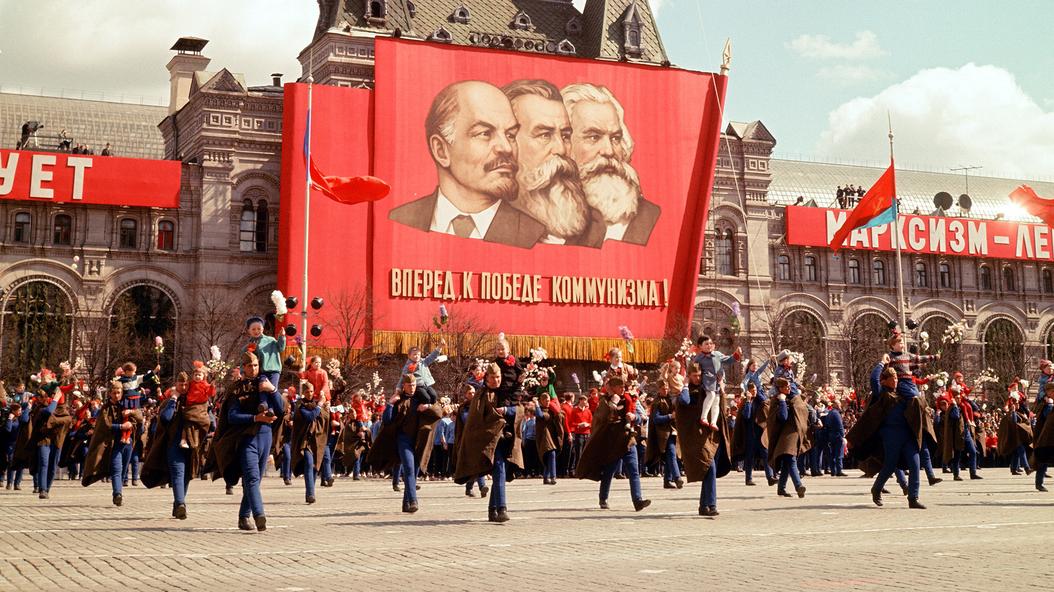
An ironic little exception to the strict Soviet censorship happened in Estonia. Northern Estonia could catch Finnish TV signals, despite Soviet efforts to jam them. Finnish broadcasting wasn’t under Soviet control and could sneak in Western media, including movies.
When the French soft-core film Emmanuelle aired on Finnish TV, the reaction was extraordinary. People drove from all over Southern Estonia to the north to watch it, turning streets into ghost towns. Apparently, nine months later, birthrates surged in the region. It’s a cheeky example of how exposure, even just a soft-core film, broke through the Soviet sexual repression.
Why Does This Matter Today?
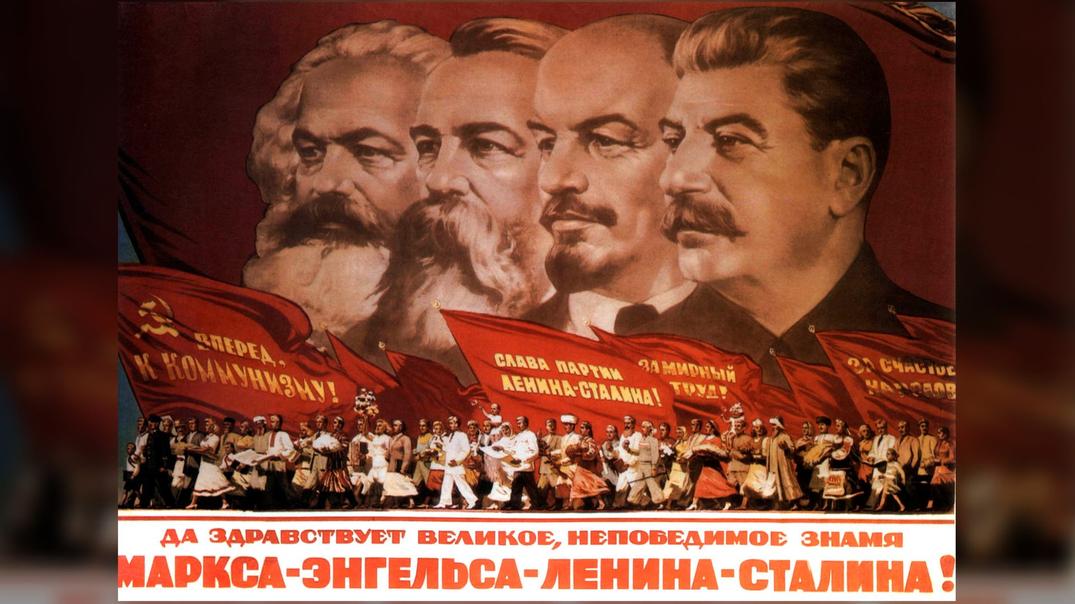
Understanding Soviet pornography sheds light on how totalitarian regimes control not just politics but the personal lives of citizens. It shows that even in a state where sex is taboo, natural human curiosity manages to peek through cracks in the system.
If anything, the Soviet porn story teaches a practical lesson: repression doesn’t erase desire, it only drives it underground. Erotic literature, smuggled films, attendees at secret screenings—they all remind us that sexuality finds expression, no matter the fences built.
Practical Takeaways from the Soviet Porn Era
- Repression Doesn’t Cure Desire: Total bans drive such content underground, creating risky black markets.
- Culture Adapts: Even with restrictions, people found ways to create or access material, from black books to homemade photos.
- Exposure Matters: The spike in births after the Finnish TV’s Emmanuelle airing shows how media influences behavior.
So, when you think about porn history, remember this: the Soviet Union’s sexual silence wasn’t absence; it was a quiet, shadowy resistance. Not your typical wild West porn saga, but fascinating in its own right. What would you have done if you lived in those times? Would you risk buying an illegal black book or search for Finnish broadcasts late at night?
Comedy aside, this story reminds us how intertwined sex, culture, and politics can be—and how human nature always finds a way.
